3 min read
Growing a Brighter Tomorrow
Here at UGM, we are so blessed to have such incredible, generous partners, like our friends at Hansen’s Green Bluff Orchard! Having a heart for those...
Editor’s Note: Pastor John Repsold, whose downtown Spokane church Mosaic Fellowship includes ministry to people experiencing homelessness, presented the following at the 2019 World Homeless Day Summit. We appreciate his sharing his notes with Impact Blog readers.
By Pastor John Repsold
I’ve been tasked with addressing the difference between relief and development when it comes to the homeless. And I say “the homeless” rather than “homelessness” because I want us to remember that this is not just a “problem to solve.” It is fundamentally about people, the homeless.
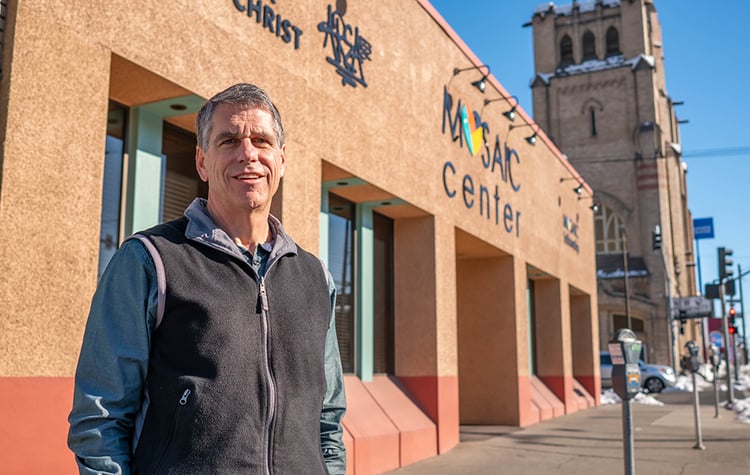
So I’d like to start by borrowing from one of the most important helping professions in any community: the medical profession.
What we are trying to do with the homeless is what the medical profession seeks to do every day with every person in our community who is seriously ill or injured: They properly assess the injuries or illness, then properly treat the trauma or disease, so that every patient is healed and rehabilitated as much as possible.
Like the medical profession, we must treat individuals. And like the medical profession, we must be well-informed and work thoroughly and accurately in order to (1) properly diagnose the problem and (2) properly treat the patients.
Allow me to frame this issue of the difference between relief and development by using a related metaphor: the difference between triage and rehab in the medical arena.
Triage is absolutely essential when someone has suffered a life-threatening incident. Without triage, the patient will never make it to a rehab facility, much less to a healthy, productive life. Relief ministries for the homeless are that triage, enabling them to keep body and soul together long enough to address the underlying issues that have led to the trauma of homelessness.
Development, on the other hand, is all about the ongoing surgery, treatment and rehabilitation that is needed to move someone from being in crisis to enjoying health, from bleeding to death to becoming a blood donor for others.
In triage, we must stop the bleeding and stabilize the patient. We must prescribe and use pain medications judiciously, only until the patient can be weaned off those meds and concentrate on the challenging work of healing and rehab. 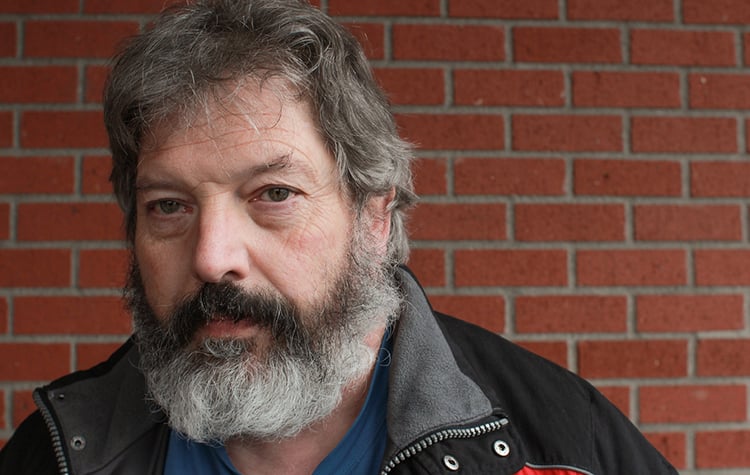
Simply supplying the homeless with “pain meds” of relief work that blunt the sometimes excruciating pain of homelessness – without being committed at the same time to the costly “surgeries” and treatments that are necessary for a productive life in the near future – is to create a “social-opioid” crisis of tragic proportions.
Let me suggest simple definitions for both relief and development when it comes to the homeless.
Relief work comprises the life-necessary, short-term services that keep the homeless alive so that they can take the necessary next steps towards healing and health. These are services such as food, clothing, basic medical care and temporary shelter that enable them to begin addressing the root issues that resulted in homelessness and keep them in homelessness.
Development work is life-giving, longer-term opportunities/options that encourage people to escape the various forms of poverty that made them homeless and help them move into multiple forms of flourishing that will protect them from future homelessness.
From these two definitions, I hope it’s easy to see that, while both types of work are motivated by compassion, to fixate primarily on relief rather than primarily on development is an inadequate form of both love and compassion.
We are not talking an either-or issue here. Both relief and development work are critical to helping the homeless.
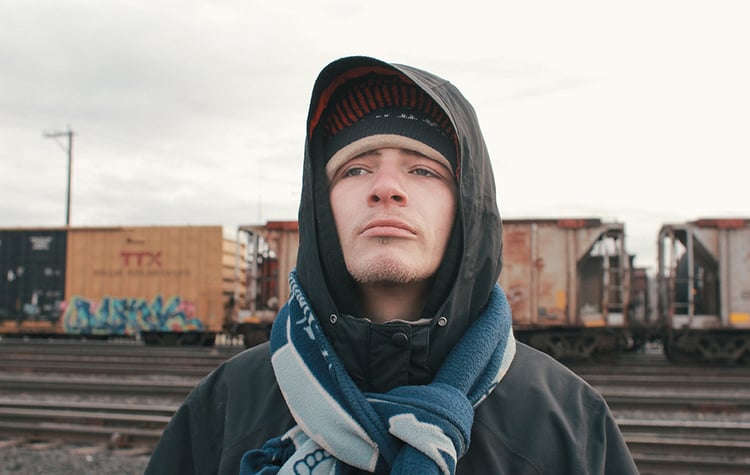 But to look primarily at relief-type work rather than development in this national social-health crisis is akin to being doctors who simply prescribe more opioids for the patient’s pain while giving only lip-service to the surgeries and rehab treatments that will actually bring healing.
But to look primarily at relief-type work rather than development in this national social-health crisis is akin to being doctors who simply prescribe more opioids for the patient’s pain while giving only lip-service to the surgeries and rehab treatments that will actually bring healing.
I would contend that the vast majority of social resources must be spent on addressing the issues that lead to homelessness, much like any hospital devotes the lion’s share of their space and staff to non-emergency room patient care.
Spokane already does an excellent job in the “emergency room” department. Just look at the community resource booklet we hand out at Mosaic. People living on the streets or even in the buildings downtown have access to 3 meals a day, 7 days a week, 365 days a year. There is no shortage of clothing available to them. In fact, both discarded clothing and uneaten food are becoming a growing health hazard in downtown Spokane.
Homelessness is one of the most visible symptoms of multi-faceted poverty. By multi-faceted poverty, I mean more than economic poverty.
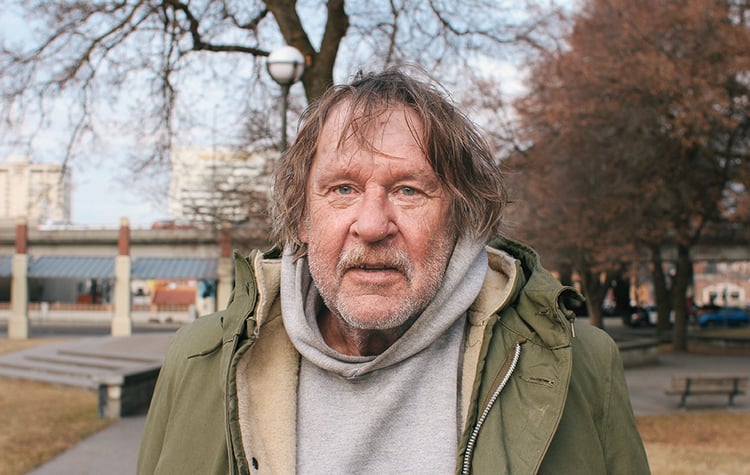 People become homeless because they have become poor in more than simply economic terms. Yes, having lots of money might solve homelessness for some people. (I will not even say “most” homeless people.) But if homelessness were primarily a problem of money, giving money to the homeless would be the simple solution.
People become homeless because they have become poor in more than simply economic terms. Yes, having lots of money might solve homelessness for some people. (I will not even say “most” homeless people.) But if homelessness were primarily a problem of money, giving money to the homeless would be the simple solution.
Seattle could solve their homelessness problem by taking the roughly $100,000 they spend on social services for each of their 12,000 homeless people and just cutting them a check. But we know that would not work. Why?
Only 6% of the homeless themselves say that not being able to “afford rent increases” was the precipitating cause of their predicament. Homelessness is clearly about far more than the economics of affordable housing, important as that is. When the homeless are themselves asked what factors contributed to their homelessness, they more often cite a wide range of other problems such as mental illness, family conflict, addiction and job losses that were more often contributing factors to their homelessness than affordable housing.
We do know that drug and alcohol addiction is the most prevalent problem shared by the homeless. When 80% of the homeless suffer from drug and alcohol addition, clearly far more time, money and treatment must be dedicated to this part of the healing equation.
Furthermore, when 30% of the homeless suffer from serious mental illness, homelessness is clearly more than just a money or housing issue. We must demand that our state and local government spend adequate resources for the care of the mentally ill.
Just as relief work targets real people, so development work must target the person. While safe, warm housing is an element of loving compassion, unless that move from street to housing is accompanied by development of the person, that person will continue to “live in poverty.” They will continue to be addicted. They will continue to have mental illness.
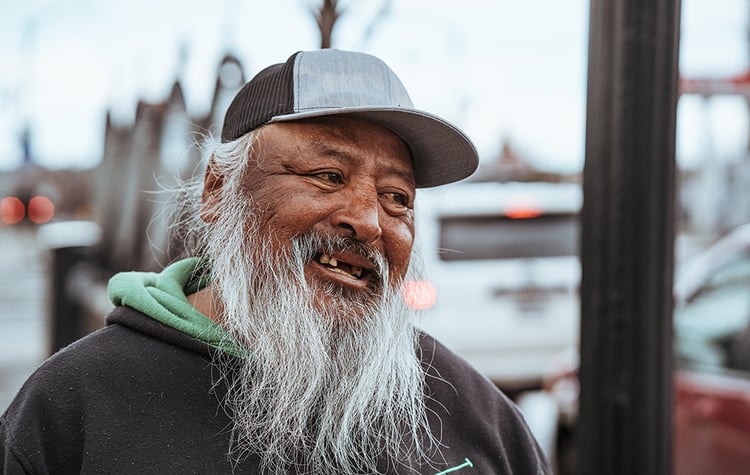 Development work that is truly loving and compassionate must give the homeless opportunities to escape various forms of poverty that will lead to them flourishing as a person.
Development work that is truly loving and compassionate must give the homeless opportunities to escape various forms of poverty that will lead to them flourishing as a person.
Stay tuned: Next week, Repsold will move on to the next step: What should we do to make both relief and development effective in fighting homelessness? Meanwhile, click here to watch UGM’s documentary, “Homelessness in Spokane.”
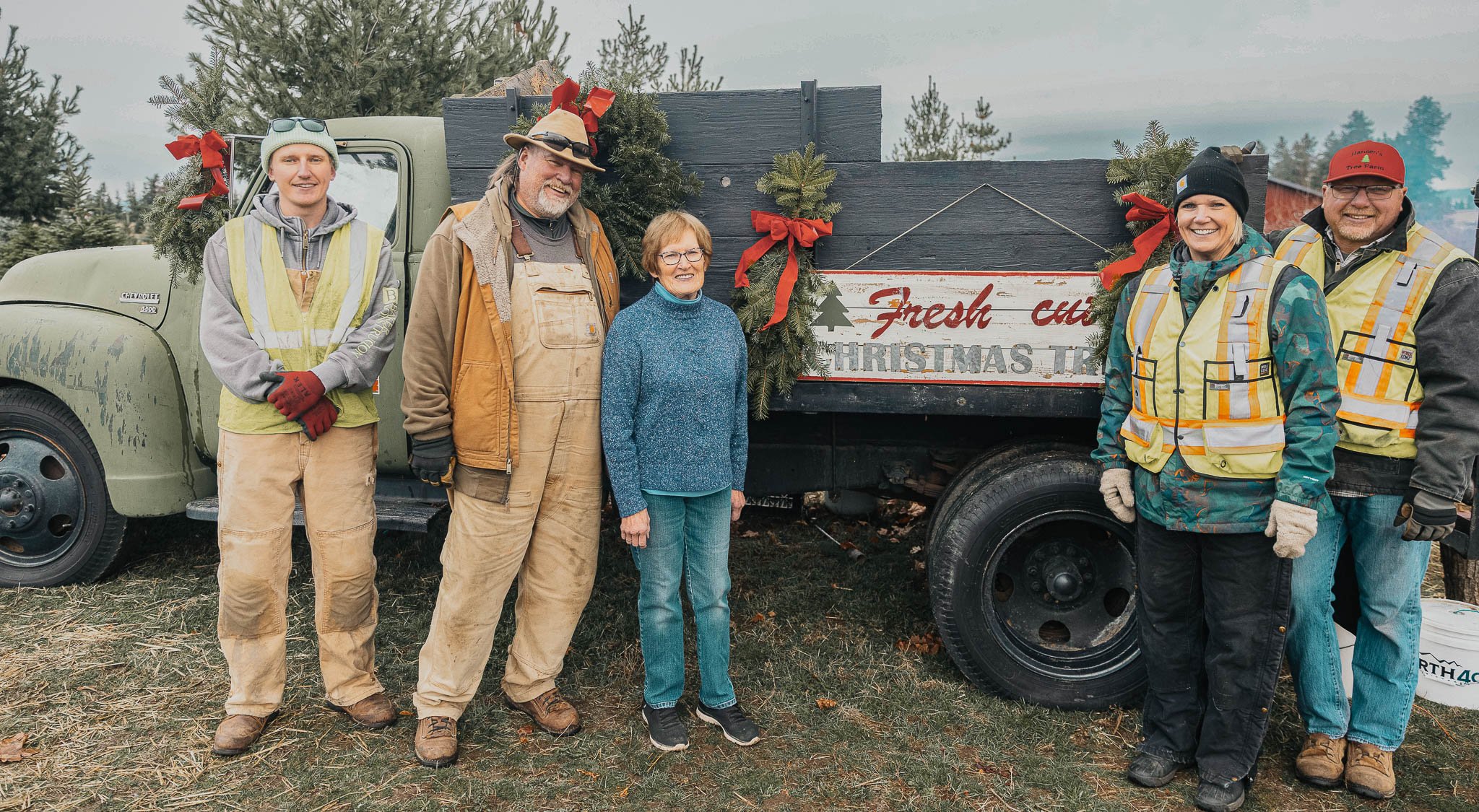
3 min read
Here at UGM, we are so blessed to have such incredible, generous partners, like our friends at Hansen’s Green Bluff Orchard! Having a heart for those...
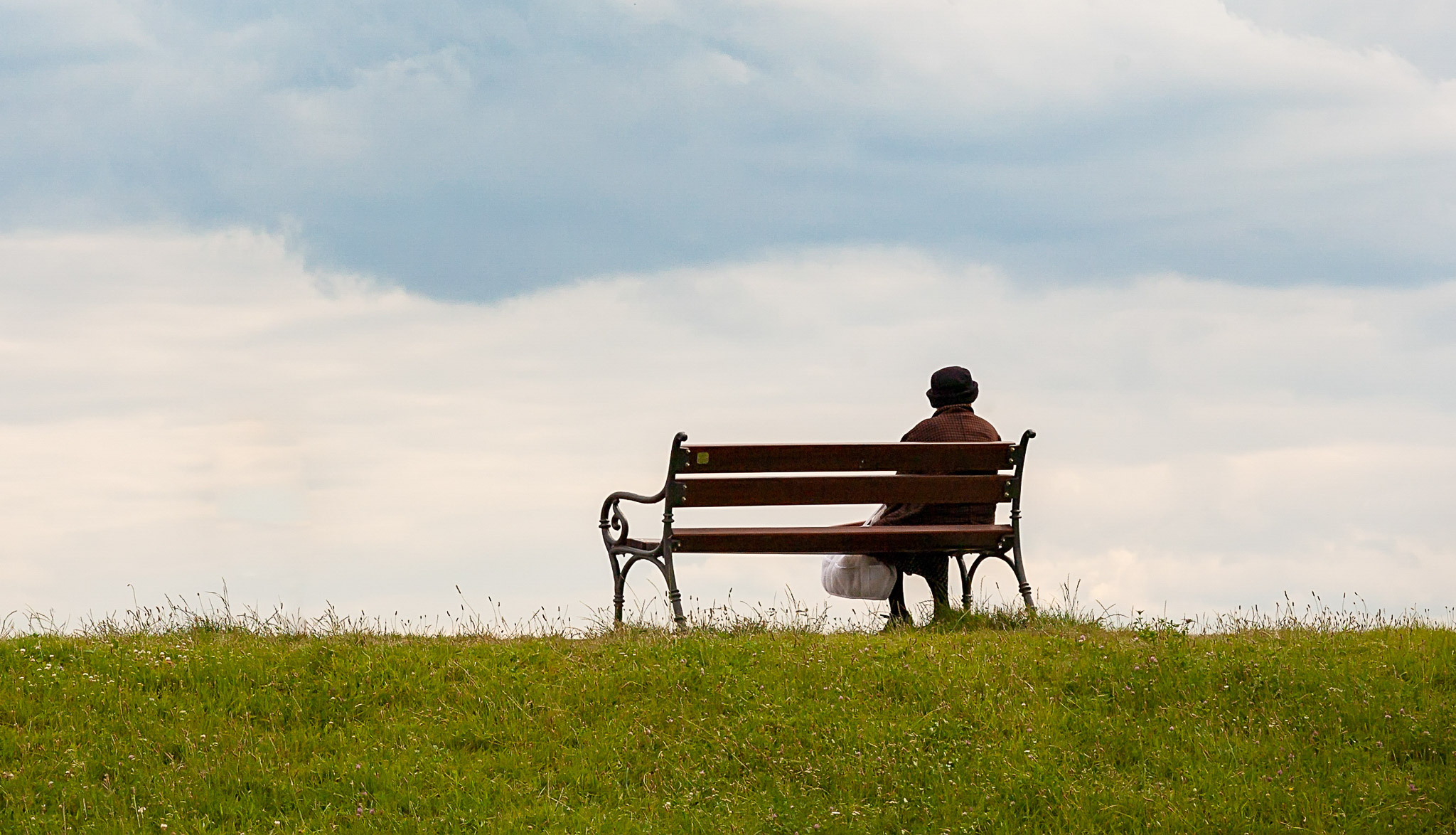
2 min read
At Union Gospel Mission, healing often begins with looking back. As part of our Life Recovery Program, participants are invited to reflect on their...
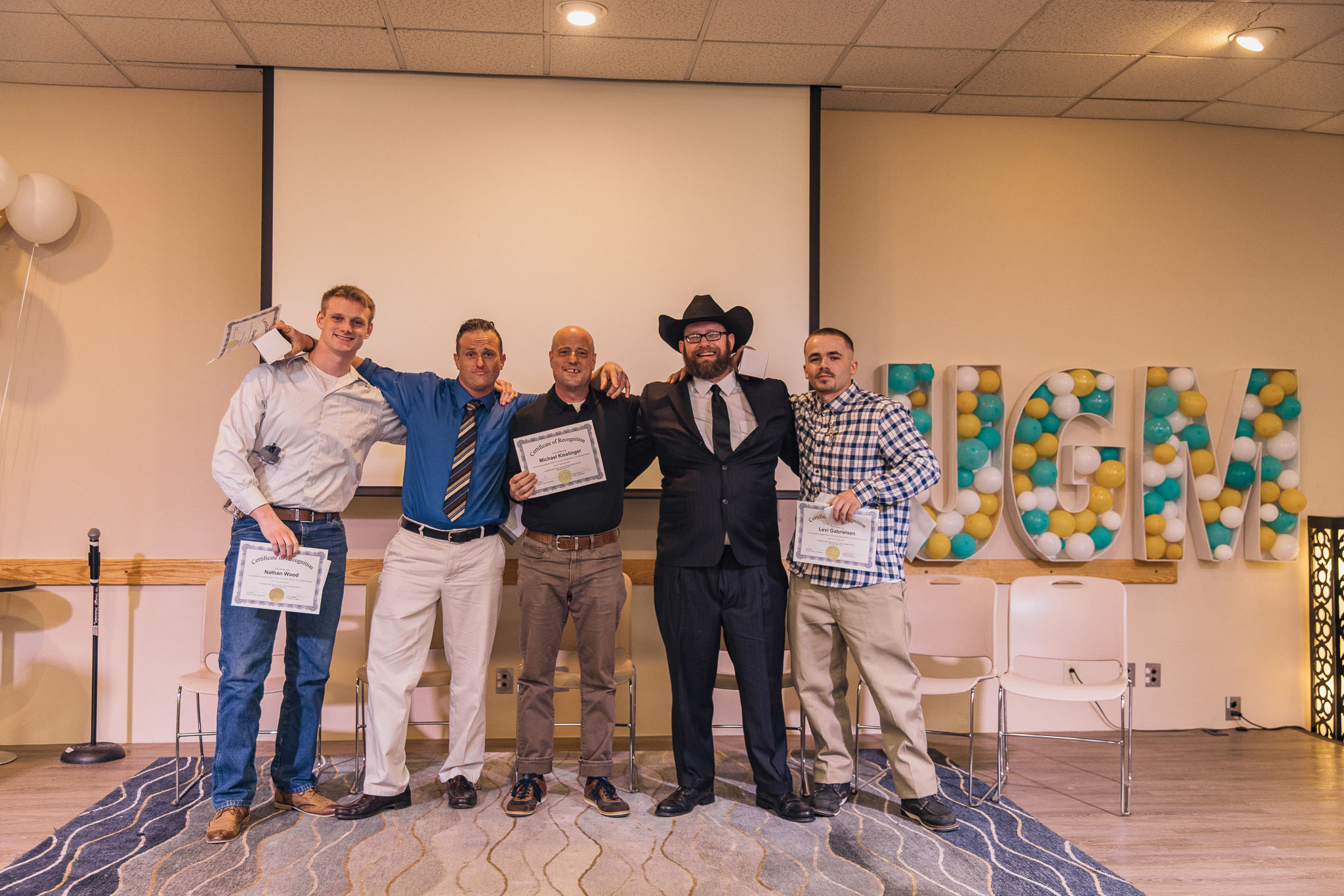
2 min read
Homelessness is a deeply layered crisis—one that requires compassion, resilience, and community to overcome. Because of your support, we don’t walk...
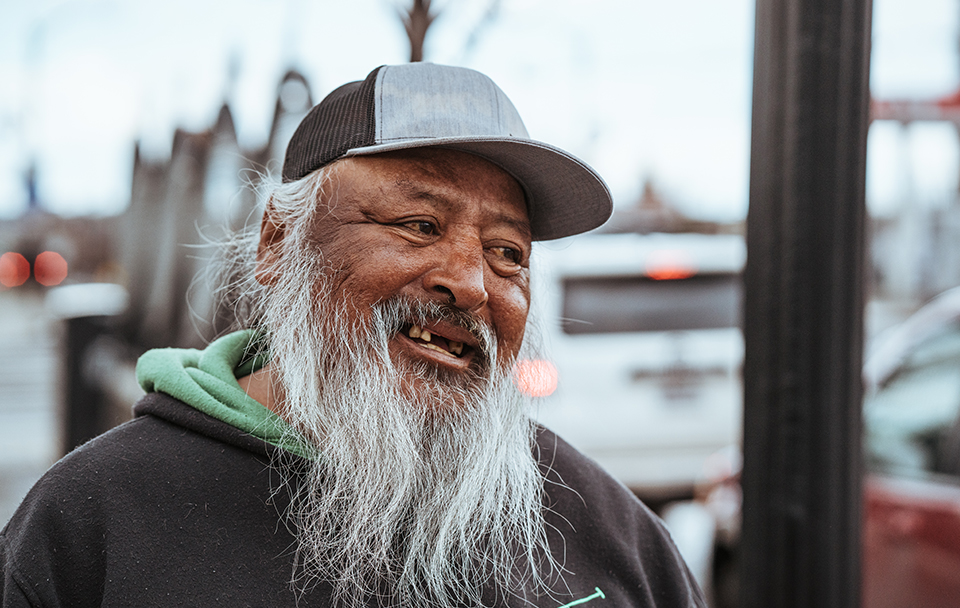
“If we are to love our neighbors, before doing anything else we must see our neighbors. With our imagination as well as our eyes, that is to say...
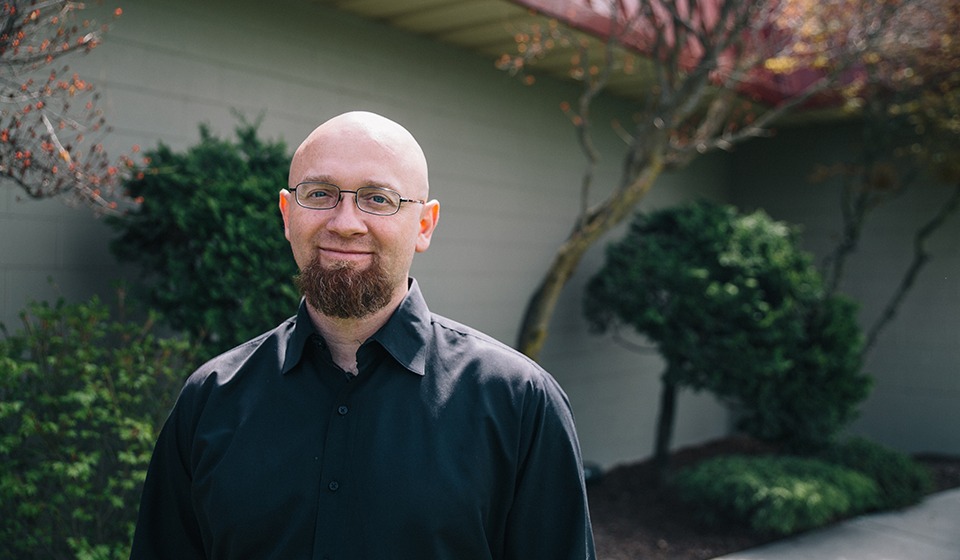
1 min read
Editor's note: For World Homeless Day, 10.10.18, we’re turning the keyboard over to a few of our current and former residents. Who better to explain...
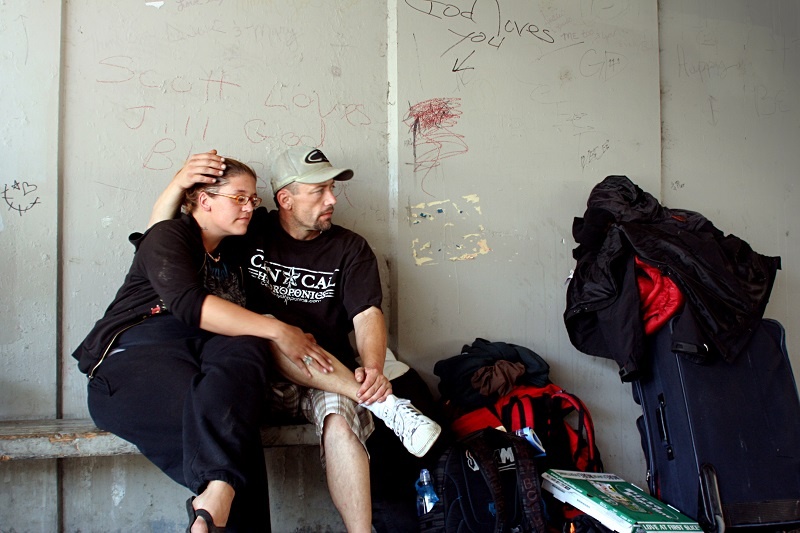
Perhaps you saw one of our volunteers holding a sign that said #EndHomelessness or HomelessHumanonWorld Homeless Day. And you’re wondering just...